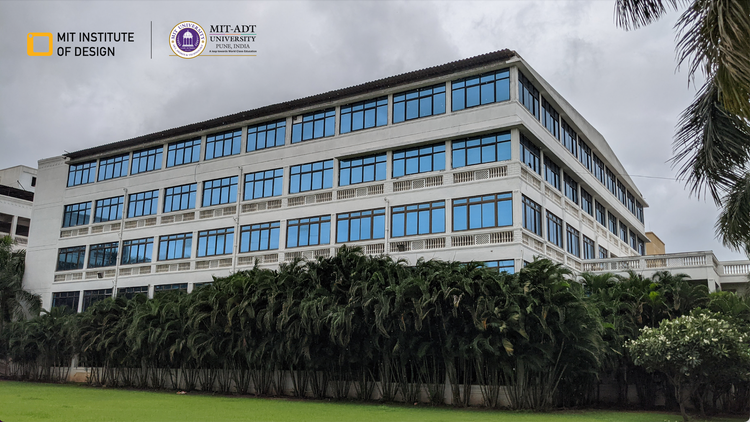MIT Institute of Design brings designs into a unified, more secure package with Adobe Acrobat

The city of Pune is one of the jewels of the western Indian state of Maharashtra. It’s a center for industry and innovation, widely considered as a leader for the automotive industry, manufacturing, and IT. Pune is also a known educational hub, sometimes called the “Oxford of the East” as it serves as the home to hundreds of universities, colleges, research institutes, and higher educational institutes.
One notable university in the city is MIT Art Design and Technology University (MIT ADT University). MIT ADT is not only top for academic excellence, but also for career preparedness. The university takes advantage of the thriving Pune industry to connect students with companies through internships, job fairs, and collaborative projects.
At MIT Institute of Design (MITID), the school for design education at MIT ADT, students spend their last semester in the workforce, interning at a company while working on their final thesis project. The program’s 1,400 students specialize on a wide range of design disciplines, including product design, transportation design, interior space and furniture design, retail design, graphic design, animation design, film and video design, fashion design, and game design. But while the specializations can vary greatly, one thing remains the same: Students need experience working with industry-standard, professional apps to prepare them for the workforce.
Over the past five years, Adobe Acrobat has become an essential tool both in and outside of the classrooms at MITID. MITID has 300 licenses for faculty and staff, while students can access Acrobat at any time through the school’s computer labs.
“All design students work with Adobe Creative Cloud apps, either at their internships, in computer labs, or at home with a student license subscription,” says Anant Chakradeo, PhD, Pro-Vice Chancellor, Art and Design Programs — Dean, Faculty of Design — and director, International Relations at MITID. “One additional Adobe app that is critical for students is Adobe Acrobat. Students, faculty, and staff all rely on Adobe Acrobat to share designs, plans, and documents in a more secure and professional manner.”

Portfolios that show the breadth of students’ design skills
When searching for a job in most fields, job hunters focus on creating highly polished resumes and CVs. But in design fields, people are hired based on portfolios that stand out. Portfolios might contain designs created in many different tools: Adobe Illustrator graphics, 3D CAD models, or even animation and videos. Rather than sending recruiters multiple pieces of artwork that need to be opened in different tools, MITID teaches students to use Adobe Acrobat to create a single, unified portfolio.
“Adobe Acrobat is very important for portfolio creation,” says Chakradeo. “It can import work created on nearly any type of application and create a file that students can share with anyone.”
Students typically submit work, from thesis projects to classroom presentations, using Adobe Acrobat. Having all work saved as PDF files makes it much easier for faculty to store all of their students’ projects in a central location. Using the commenting tools, faculty can give precise feedback to students by drawing, adding shapes, or writing text on the PDF.
Students also use the commenting tools themselves for their studies. Students often work with textbooks or research papers downloaded as PDF files. The commenting tools make it easier for students to mark and find important passages for more efficient studies.

Added security with Adobe Acrobat
Adobe Acrobat plays an equally important role for faculty and staff. Faculty often share syllabi and lessons plans online, typically as reference for colleagues, partner universities, or students. But there can be a concern amongst faculty that sharing this information may make their intellectual property vulnerable. With Adobe Acrobat, faculty can add security measures including passwords, watermarks, or permissions that prevent others from copying, editing, or printing documents.
Staff often use Microsoft apps to create documents ranging from non-disclosure agreements to departmental circulars, but documents are generally sent as PDF files for added protections. The integration between Microsoft apps and Adobe Acrobat boosts productivity, allowing staff to create PDF files quickly without switching between multiple apps. Administrators also take advantage of the signature feature within Adobe Acrobat to send non-disclosure agreements to foreign universities or partner companies. The signature workflow is handled entirely through Adobe Acrobat — simple and seamless.
“We’re not interested in using multiple tools for every file we want to share, read, or process,” says Chakradeo. “Adobe Acrobat gives us a unified tool that can bring together any file type in a single, highly secure document.”
MIT Institute of Design uses Adobe Acrobat solutions to transform paper-based processes into streamlined digital experiences. Learn more.